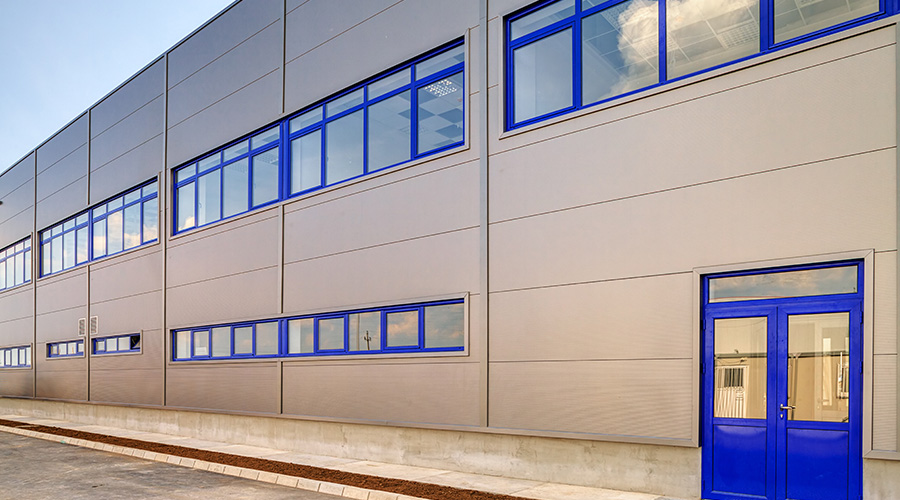Paint Coverage Depends on Nature of Substrate
Part 2 of a five-part article on paints and coatings specification
Coverage depends on the nature of the substrate, as well as the percentage of pigment the manufacturer used in formulating the paint or coating. Each product features a label showing the coverage in approximate square feet per gallon. A manager can determine the number of gallons a particular application requires by calculating the square feet of wall area around the perimeter — for example, an area 9 feet high with a perimeter of 60 feet contains 540 square feet.
Subtract the areas of doors and windows that do not require painting or require a different paint — say, one door and two windows measuring 50 square feet total. Subtract 50 square feet from 540 square feet for total painted area of 490 square feet.
If the coverage indicated on the container label is 250 square feet per gallon, then the paint crew will need 490 square feet divided by 250, or 2 gallons for each coat of the area to be painted. Some variation in this number will occur, depending on porosity of the substrate.
While they are more expensive, paints and coatings with higher pigment content deliver better coverage per coat and might be more economical — provided that one coat covers. Using a higher-pigment coating can be especially economical if that product combines the primer and the finish coat, since labor will cost lower than having to apply multiple coats of a product with less pigment.
Related Topics:
















